Well, one mirrorless system has certainly put its big boy pants on. Over the last year, Olympus has joined Panasonic in offering a professionally fast zoom range from wide through tele in a two zoom setup. Traditionally seen as a working photographers “go-to range” the 24-200mm focal length run being offered in a reasonably fast, constant f/2.8 maximum aperture is arguably a necessity, and depending on who you ask, a must have range for many professional applications. Olympus has taken that traditional range, and added to it on both sides with their series of “PRO” zooms, the recently announced and soon to be released 7-14mm f/2.8 PRO (14-28mm e-fov), their 12-40mm f/2.8 PRO (24-80mm e-fov) and this 40-150mm f/2.8 PRO lens (80-300mm e-fov) offer system shooters the ability to shoot from a 14mm ultra wide equivalent through a 300mm long tele equivalent at f/2.8.
Today, I’ll have a look at the tele zoom in this series in the 40-150mm. So, how does this lens stack up? Well, if Canikon have been waiting for a warning shot, this might be seen as a nuke across the bow. C’mon in for my thoughts on this lens.
Firstly, a little about size, the build quality and ergonomics. The lens housing is built of high quality plastics and metal and while hefty, is not overwhelmingly dense. It feels really good in the hand, and the resistance on both the zoom and focus rings are smooth and responsive, but not too tight. It is certainly large by the micro 4/3 system standards, but I’ve gotten over the “it should be small” point of view long ago and have moved into the, “it can be smaller, while providing comparable quality” camp. I no longer look to the micro 4/3 system as merely a travel system that should be as absolutely small as possible at every turn, no, I like that it CAN be that system when I need it to be, also offering fully professional level tools while being smaller and lighter than the stuff I’ve used in the past. In the hand without the hood, this lens is similar in size and weight to some of the 100mm f/2.8 macro lenses I’ve used, or for comparison, is smaller and lighter than a 70-200mm f/4 lens.
If you want to put a camera in your pocket, this is not going to top your lens wish list certainly, but if you need some reach at a reasonably fast maximum aperture, this lens punches way above its weight. I’m going to be testing this lens against my full frame Canon EF 70-200mm f/2.8 L IS USM lens in the near future to see just how well it stacks up for me, as that is the lens I will possibly look to replace with this new Olympus zoom. I’m also curious about the possibility of selling off my Panasonic 100-300mm lens to fund the purchase of the Olympus TC1.4x Tele Converter which turns this lens into a 56-210mm f/4 lens (112-420mm E-fov). Now, if Oly will consider a TC2x Tele Converter, we’d have an 80-300mm f/5.6 super zoom and combined with the soon to be released 300mm f/4 prime lens, I think most system users would feel well done by and covered in the super tele range.
Most folks looking to this lens will probably be shooting a GH4 or EM1, but as a guy that currently has a GX7 as my largest m4/3 camera body, I feel in no way does this lens imbalance the camera in hand. I can hold onto the camera in one hand without feeling the need to support the lens, but really, a lens like this needs a second hand regardless of the camera in question and when you use your left hand to support this lens, a smaller body like the GX7 (or EP5/EM10/et al) is almost perfectly balanced so that the weight of the front of the lens counters the weight of the body, near to the ounce. Now, the GM1 or similar sized body on the back becomes a little silly looking, but honestly, shooting with this combo did not feel wrong in any way either. Wouldn’t be my first choice, but I wouldn’t hesitate to use the GM1 if needed.
I will say that as has seemed to be the case with other Oly lenses, they don’t do quite as well on the Panasonic bodies, IQ wise as they do with the Oly bodies, and conversely, the Pana lenses seem to do better on Panasonic bodies, but not as well on the Sony sensors. Seeing as I value the extra optical reach in this scenario and have existed a vast majority of my photographic reality without any kind of stabilization that isn’t called technique or a tripod, I was happy to settle for the 2 axis IBIS in the GX7, and not having to deal with the Olympus menus and interface. Win, win! I jest, I jest, …mostly.
With the two lead in images, you see the lens with the hood extended, and the hood retracted. I think that this is the smartest, and coolest design for a lens hood I’ve ever seen. Once fixed on the lens, you can turn the ribbed ring on the hood and it releases and collapses back as seen in the second picture. Beyond that, with a manageable front thread diameter of 72mm for filters and the like, you won’t need to pony up for 77mm or even 82mm filters, let alone a front filter holder or drop in rear filters or the like.
Now, here is a really cool thing regarding lens filters for those of us coming from larger systems. Personally, my other “pro” zooms and a few other lenses have a 77mm front filter thread diameter, so I have a few 77mm filters. A circular polarizer, a 3 stop ND filter, etc. I can use these 77mm filters with a 72-77mm step up ring and it STILL FITS INSIDE THIS AWESOME HOOD!!! Yup, no need to buy new filters for me which makes me very happy. The hood easily provides enough room to house a 77mm filter adapted to the front of this lens, and coupled with the retractability, I can easily slide the hood back to adjust a polarizer without having to take the hood off. A small, simple thing, but one that I’m sure Oly was thinking of when designing this hood, and thank you to those designers for doing that. It is an awesome feature that will probably go unnoticed until you find yourself in need, and whether you adapt a 77mm filter, or use a 72mm filter, the ability to quickly and cleanly retract the hood to adjust a polarizer or variable ND filter, is something you’ll only need to do once to see how truly cool and useful it is.
It is a “splash proof” lens, like the 60mm macro, 12-40, or 12-50mm lenses before it, and while I do not currently have a “splash proof” body, I always like tools that I know will do better at resisting the elements, especially zoom lenses with all their moving parts and such.
- The snap back focus ring is designed in the same vein as the 12mm f/2 or 12-40mm f/2.8 lenses, and it is a very nice implementation of a quick and easy AF/MF switch allowing the photographer to keep their attention on the subject. Another great example of fashion and function.
- The distance scale leaves quite a bit to be desired, but a tele zoom like this is going to be used with your eye in the viewfinder as opposed to zone focusing and shooting from the hip more often than not, so merely having a good idea on where you are in your focus throw should be adequate for most all situations when needing to refer to the distance scale on the lens itself.
- The lens also comes with a tripod collar which when removed leaves behind some ugly and unfortunately protruding silver lugs which it attaches to on the lens body, but really, I doubt I’d be removing the collar unless I needed to shave off grams.
- It also employs a Lens Function (L-Fn) button to control certain parameters, but this only works on an Olympus camera body so I was unable to test this out.
- It is not stabilized like the Panasonic “Pro” zooms, but that is surely because Olympus has good IBIS and intends to continue to provide this in future camera bodies.
The Panasonic GX7 has great IBIS, but it is currently the only Panasonic body to incorporate in body, sensor based image stabilization, which to me is silly. Panasonic, put the 2 axis IBIS in ALL your cameras dammit! There really is no reason not to, except to try and force us to buy stabilized lenses, and there is still benefit to having OIS in lenses with in body stabilization (video in the GX7’s case, better mated to a particular focal length, the choice to use one or the other for panning, etc), but seeing as a vast majority of the lenses (both Oly and Panasonic’s) for the system are NOT stabilized, how about you do us a solid and just include it from now on okay? Glad we had this talk, thanks.
Out of focus highlights, commonly referenced in terms of a lens’ “bokeh” is always of interest with faster optics such as this, and more specifically a product of a lens’ ability to narrow the depth of field, further throwing fore and backgrounds out of focus to provide the ability to separate your subject from their surrounding elements. The 40-150 allows photographers to easily shallow up your DOF at all focal lengths when shot wide open or close to it. As long as your subject is A) reasonably close to your camera’s position, and B) any background elements are a good distance away, you’ll have no problem.
A super tele tube like the 40-150 offers very nice, round bokeh balls, especially as you zoom further along the focal range while wide open. Here’s a look at these mystical, magical balls along with a simple illustration on the angle of view from 4 feet away at 40mm, 100mm and 150mm for comparison. Balls. Yes these are shots of Legos. Welcome to my reality, which if I’m being honest is pretty rad. Who doesn’t love legos? If you don’t, just have kids, you’ll come back around and they’re still just as awesome as they were back in the day.
Very little onion ringing, especially at the longer focal lengths with very round balls. It’s obviously easy to shallow up the DOF if wanted or needed.
Resolution and sharpness? I’m not going to measure lines at varying ISO values this time around, but I do like to do eyeball tests. I think the images below more or less speak for themselves, so have a look when shot at base ISO of 200. I will say, that by my eye, I do feel that at ISO 800 and above, this lens seems to lose a step resolution wise. A step that I don’t see when using lenses like the Oly 75mm or Voigtländer 42.5mm at like ISO settings. I’ll do a more comprehensive ISO test when comparing it to the EF 70-200 f/2.8 L IS USM lens, but for now, let’s just have a look at this lens in it’s best possible scenario.
I’ve limited this comparison to two aperture values, and three focal lengths as done above. First wide open at 40mm, 100mm and 150mm, because let’s be honest, if you’re buying this lens, you will want to shoot it wide open often. Secondly, the sharpest tested aperture value at f/5.6 at those same three focal lengths. Shooting from a distance of about 8′ because I see this as a pretty good test distance for something like portraits and allows for a decent 3/4 through tight head shot in this zoom range.
These shots are not in any way enhanced, sharpened or processed other than having the RAW files converted and compressed for web viewing. I wanted to look at, and show files as untouched as possible to see the lens do the work, not my computer or personal vision.
The setup was a single AB800 camera right in a diffused beauty dish. The shutter speed for all shots was 1/125th sec at ISO 200. For the f/2.8 shots, I used a three stop ND Filter because even with the strobe at its lowest level, I needed those three stops which equated beautifully to the three stop difference without the ND filter at f/5.6 and the strobe output at the same level. The full image as it was captured, followed by a 100% crop. Click any to see them larger.
Wide open at f/2.8
Stopped down to f/5.6
Thank you to Mrs. Squeeze for allowing me to kidnap her for 5 minutes, unaware while juggling our two tasmanian devils, and letting me both take pics, and post them completely un-retouched. While I think she’s as gorgeous as ever, she is a critical judge of my photography and wasn’t stoked on these shots. While I agree that my lighting could have been more refined, for an impromptu test shot, I feel like I got what I needed. So, for the sake of photographic posterity, she took one for Team Squeeze and graciously gave permission. Best thing about this is you don’t need to stare at pictures of me for this test, so props to the Mrs for that.
After shooting pretty extensively with this lens for the last month, I have to say that I’m impressed overall. I have a feeling that when I look at it when shooting at higher ISO settings versus say a 70-200mm f/2.8 lens on my full frame cam, the resolution is going to suffer comparatively, but I’ll test that theory in the coming weeks, so stay tuned for that.
I’m sure that the added functionality when used with an Olympus camera body, namely in the Lens Fn button and proprietary communication would provide an even better experience, I have to say that overall, I’m pretty happy with this lens on a Panasonic body.
On the negative side, the AF struggles and hunts situationally, much like my experience with other Olympus lenses in lower contrast and lower light situations. Before you scream foul, this is not a Panasonic body + Olympus lens issue as my initial issues with the 60mm macro and 75mm f/1.8 were tested when I was shooting with the OMD EM5, so I feel it is a CDAF problem with more personal issues having been experienced with Olympus lenses. I also shot this lens for a little while, indoors in the evening on an OMD EM5 with the same, lightly frustrating results.
I feel this is a bigger problem with Oly lenses more specifically as I do not, nor have not had this issue as consistently with the various Panasonic lenses on both Oly and Pana bodies I shoot in similar situations. This system as a whole can struggle with a contrast based auto focusing operation, especially when there is little to no contrast, but I would be lying if I felt it was an even hindrance across the board. For instance, the Lumix 100-300mm doesn’t hunt nearly as much as this 40-150 on either the EM5 or GX7, nor do the PL15mm, PL25mm, or the 14mm or 20mm pancakes. I must say that the GX7 has a remarkable ability to focus in low light with the right lenses. Down to EV-4 as listed by Panasonic, and I was easily able to get great, fast results with the Lumix 20mm pancake (see that test here) at an EV-0.5 level, which is not the case with this Oly 40-150 lens in my experience to this point.
Take this as a situational criticism though, and one I wanted to note for others looking at this lens as an option. I still like this lens enough to have paid for it and will be keeping it. Nothing is perfect, and I want to provide criticism where I feel it is due.
In good light, or with decent contrast, this lens is fast to focus though, so situationally, it’s really damn quick. It’s sharp, contrasty and has good color fidelity at lower ISO’s which is where most folks will probably be shooting this for outdoor sports, wildlife, studio, outdoor portraiture or the like, and in those situations I think it will be a great addition to any micro 4/3 system shooter’s bag.
I’m excited to save up enough cash to buy the 1.4x teleconverter as well and will try to test this against the Panasonic 100-300 (even though it will not quite match the range, it is what I’m looking to replace) so stay tuned for that comparison too.
You can see the Olympus M.Zuiko 40-150mm f/2.8 PRO lens at B&H HERE.
Here are a few shots from the last month using the Olympus 40-150mm f/2.8 PRO lens, click any to see larger.
150mm – f/2.8 – ISO200
40mm – f/4 – ISO200
150mm – f/4 – ISO200
40mm – f/2.8 – ISO200
79mm – f/2.8 – ISO3200
106mm – f/2.8 – ISO800
73mm – f/2.8 – ISO800
50mm – f/2.8 – ISO800
40mm – f/4 – ISO400
75mm – f/2.8 – ISO800
*UPDATE: I’ve just finished my user review for the Olympus M.Zuiko MC14 Teleconverter 1.4x HERE. This 40-150mm lens is the only current lens that is compatible with the 1.4xTC, so have a look to see how it performs.
Find me on Facebook, Twitter, Flickr or Instagram to connect, and if you haven’t already, add your email at the top of the page to get new articles as they’re posted.
Thanks for the read.
Happy shooting,
Tyson






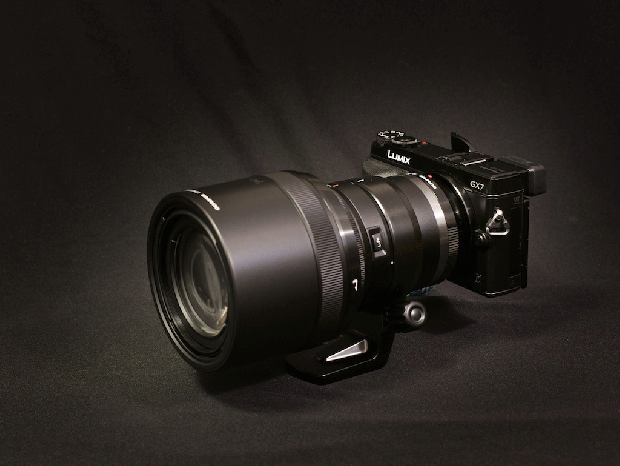







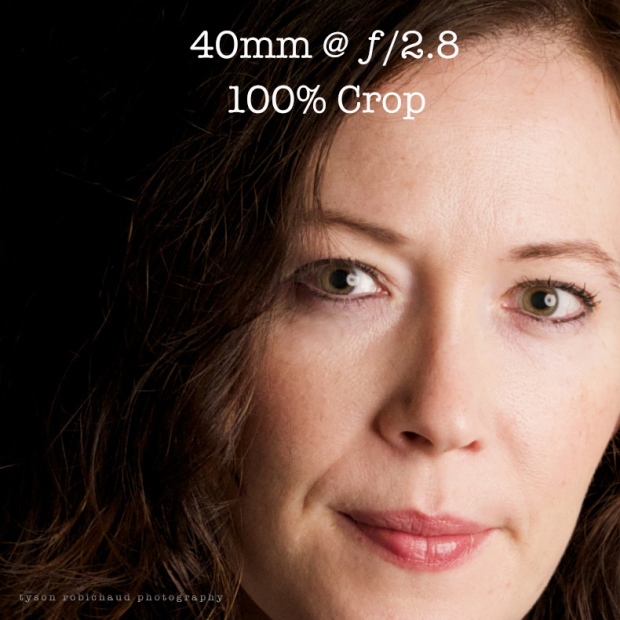




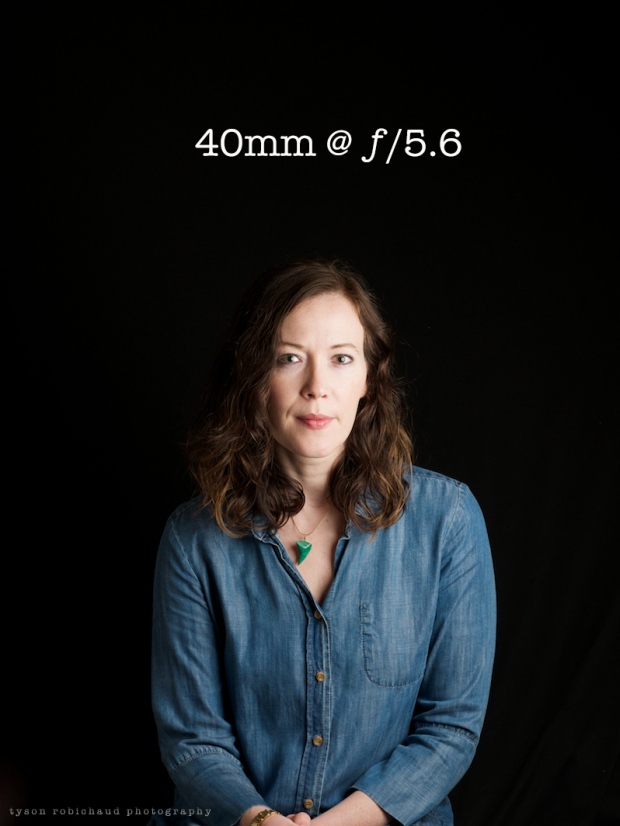



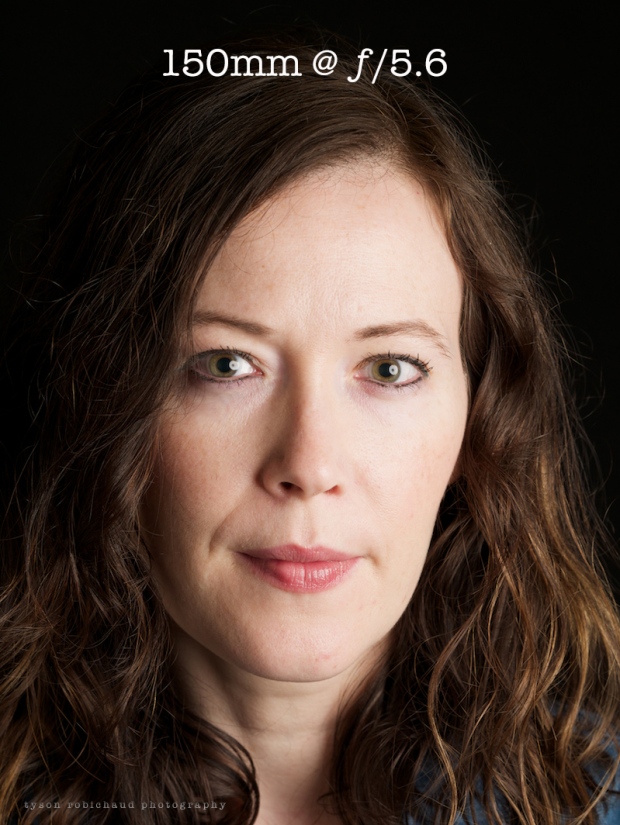


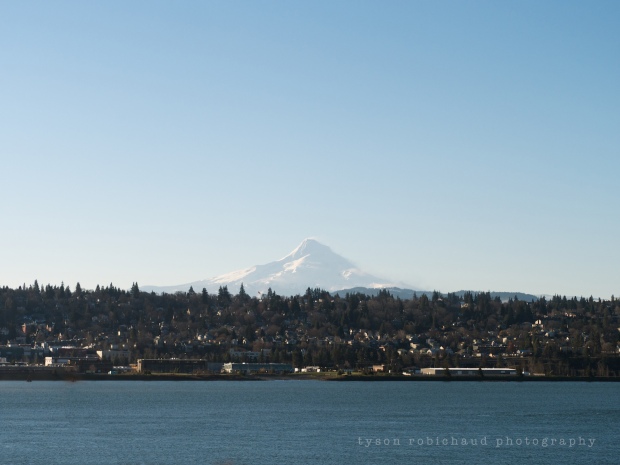





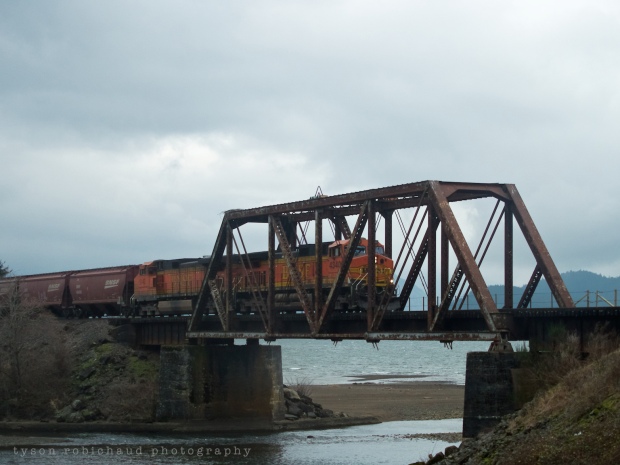

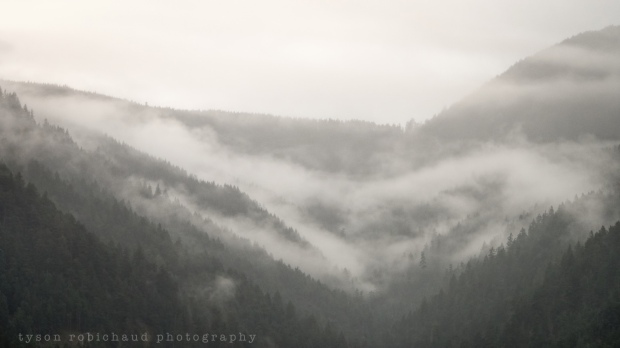
Tyson …thanks for this review…that hunting focus will keep me away from buying this…I have rented the lumix 100-300 to use on my E-M1 and it hunted and hunted…now when you say the 40-150 2.8 will auto focus in good light…does that mean bright and sunny ? I have found the E-M1 to struggle even on cloudy days when I am shooting rugby . Nice test images…wonderful image of what I think is Mt Hood…not sure if it is clouds on the mountain or the wind blowing snow around up there…but a very nice piece of work. Be well .
LikeLike
Thanks Sven.
I do think that this system still needs to tackle it’s AF issues. There is still certainly room to grow, that’s for sure.
That said, I hope that these current lenses will grow in usefulness when they actually figure out a fully functional hybrid AF setup.
Yep, Mt Hood with Hood River in the fore. That day, they had 100+mph winds up above the timber line and gusts of up to about 60 through the gorge. It was a wee bit gusty 🙂
LikeLike
What AF issues are your greatest concern?
I do not understand this concern (in the scientific sense).
Whilst there is always room for improvement, I fail to understand this as Olysonic most probably have the best AF systems going: very fast and very accurate in all lighting conditions. We tried the “will it focus by starlight?” test with the D600 and it couldn’t see a thing (dismal, Nikon need to tackle serious issues;-) but the GH4 did and so will the other Panapus.
Whilst tracking is not its strong suit, having a system that can snap to focus in 0.007 second puts DSLR optical systems in the shade, especially in low light.
Actual AF speed does depend on the lens motors (e.g. the 20/F1.7ii is slower) but also relies on the photographer selecting the appropriate focus mode, and holding a steady aim at long range.
Wish I had a Mt.Hood here (nice pics), we just get those winter gales 🙂
LikeLike
Hi Jeff,
Thanks for your comment, and I largely agree with what you’ve said.
I think what many fail to grasp initially when either reviewing or reading reviews is that so often, in context, these criticisms are situational. I try to provide that disclaimer when I write about these things.
Situationally, contrast detection based auto focus is quick. Quicker than PDAF even. Situationally, CDAF is horrible and cannot find focus no matter what. For instance, during a drive (as a passenger) we were traveling through the Gorge (the last image with the trees and the fog was taken on a different day via this drive) and it was bright (I was shooting at f/4 and ISO 400 to keep ss at or above 1/500 from a moving car as I often do), but due to inversion the fog and clouds were sucked in creating very flat light. Plenty of discernible scenery to the eye, similar to the shot described above, but the contrast was minimal. The 40-150 would not auto focus, at all. It racked back and forth, never finding enough contrast to focus on which was frustrating because I could see, both through the EVF and LCD a tree line that certainly should have, in my opinion, provided enough to lock onto. With a 5D and 70-200 (which I also had with me) it had no problem. Again, situationally there are limitations, and nothing I’ve used is universally better. To ignore these situational criticisms, to me, would be me being disingenuous to what I see as my audience. I’m not writing to sell anything necessarily. I like many things, but also want to try and provide constructive criticism when and where I feel it necessary. I so often struggle to find truly objective, critical thoughts in many review sites I read and would like to be known as someone who will always try to find something wrong, while attempting to put it into realistic context so that people have a more informed basis for their own decision.
Like I said, I really like this lens, and plan to keep it. I bought it, didn’t have it given to me so the decision to fork over the money needed to be justified in my mind, and hopefully anyone else in a similar situation can use my thoughts to help them decide.
Thanks again Jeff, and yeah, Mt Hood is a fun and beautiful muse 🙂
Cheers,
Tyson
LikeLike
(fyi) You have to use the 100-300 like a gun sight or yes it does hunt, for about 0.5 seconds in poor light on my GH4. There is a learning curve to use this lens, it is very long focal length, an “extra-long” lens. The 100-300 is not an X lens but adding a 2X TC to any lens not only doubles its f-stop but robs clarity and contrast. An older Panny 100-300 also benefits from being cleaned and re-assembled 😉
LikeLike
I’ve certainly found this system to struggle a bit when auto focusing in lower light, or more specifically in lower contrast lighting. I’ve even had problems in bright daylight overcast lighting when trying to focus on a distant point through atmospheric fog, etc. Everything has its limits.
LikeLike
Good light is anything from before sunrise to anything after sunset and to moon/Starlights. The bad light is example lasers, strobo lights, a badly flickering fluorescent bulbs and especially mixed different color temperature lights (but only regarding white balance).
The “bad light” is very very rare thing to happen, like when trying to shoot in nightclub or in some concerts with pyro and laser special effects. Or when someone is welding.
I must just say that there is definetly something wrong either GX7 or the lens because the hunting, as it doesn’t hut at all like Panasonic ones does.
It is like 12-40mm to me, that has hunted on me only in mentioned situations where is bad light and the contrast detection can’t work well because flickering (night club, welding). Otherwise no problems what so ever.
LikeLike
Well, I think that “bad light” in certain situations can also mean, at least in this context, very flat light that doesn’t provide much contrast. This, I feel, is the biggest issue with a purely CDAF system. If there is little contrast, it cannot focus, regardless of the total light. See my answer to Jeff Slade above regarding my experience in what would be considered a good amount of light where this lens refused to focus. I don’t think it is the GX7 aside from the PDAF being an intrinsic issue for the system as a whole (less the EM1 potentially) as I’ve found the GX7 to be quite amazing at auto focusing with the right lenses honestly.
Thanks for the comment and input. It’s always good to get a broader range of experiences involved.
Cheers,
Tyson
LikeLike
Thanks for noticing that you could use a 77mm filter inside the lens hood. My B&W Kasemann Circular Polarizer filters are a bit much to have in each size.
I wonder about the hunting but I only have 3 micro Four-Thirds lenses at this point. The Panasonic 35-100mm f/2.8 and Olympus 12-40mm f/2.8 both seem quick to focus in almost any light. The Panasonic 45-200mm f/4.0-5.6 barely auto focuses in any light.
Still, I’ve been looking for a micro Four-Thirds alternative to my Olympus 50-200mm f/2.8-3.5, which I had used on the GH3 quite a bit, as well as the Olympus 35-100mm f/2.0 which was too heavy to be balanced well.
The 72mm filter size says a lot about the 40-150mm f/2.8. There shouldn’t be much of a compromise in contrast to other micro Four-Thirds lenses. It’s interesting that FujiFilm’s new 16-55mm f/2.8 has a 77mm filter size. It seems if you can wrap your mind around bigger mirrorless equipment, you can enjoy great image quality.
LikeLike
The hunting aside, which is a fairly isolated issue when shooting in flat or low light, the lens is pretty solid. I’d say that while probably not quite up to the high end 70-200’s of the full frame world, it is priced right for its quality comparatively and offers a really useful range at a fast aperture. I’m excited to see what the TC combo is capable of too. I’d love to have a go at that Oly 35-100 f/2 lens. It was one that I lusted after before the micro 4/3 system came to be, but was invested in my other system. The tele end of the optical spectrum is really one of the major benefits to a crop sensor system. With a more squared format making better use of an image circle compared to a more rectangular 3:2 sensor, it enables lenses to be even smaller and more efficient and there are quite a few m4/3 lenses that are near amazing. No shortage of quality, that’s for sure.
LikeLike
You never know. I may make it into Oregon with my lenses.
LikeLike
We have a lot of beautiful scenery out here… Just sayin
LikeLike
TOTALLY agree with you Tyson. Put them IBIS on Panasonic for goodness sakes!
LikeLike
Perhaps a formal petition is in order 😊
LikeLike
In defence of the OLY system, I have the 12-24 f2.8 on the EM1 and the hunting has completely disappeared. As a matter of fact, so much so that I switched from my Nikon DSLR system a couple of months back to an EM1 with the 12-24 2.8 and the 40-150 to come. In addition I use the remarkable 75 1.8 and the 9-18 zoom (unremarkable, but perfectly fine) None of my customers have compla ined and I carry approx. half the weight and even less size. AF is so fast on the EM1 that it compares favorably to the Nikon D700 and D810.
I do get more noise after about 1600 ISO, but all in all, the conclusion is very favorably positive for the EM1.
LikeLike
Thanks Steinar,
I’m guessing that the hybrid AF in the EM1 is the direction the system needs to move into, certainly more completely with all new cams employing the on sensor phase detection points which will hopefully perform with newer lenses.
I have not used the EM1, nor the GH4 with the DFD tech for Pana lenses, but there needs to be a universal approach to suit all lenses. The strength of the system has been the collaborative partnership, and I fear that Oly and Panasonic are attempting to further separate themselves by only looking to support their own proprietary offerings. That would be a shame as they are both great, but certainly imperfect and having the ability to utilize each others lenses has been a huge boon for system users.
I, like you, have been drawn to m4/3 for the overall weight and size reduction. Ive always thought of it as a 90/50 system. 90% of the quality at half the weight (and in many cases, price), compared to my full frame system. There are fewer and fewer situations that I find I need the larger sensor.
Thanks for sharing and the time taken to read and comment man.
Cheers,
Tyson
LikeLike
A PDAF requires lenses to be designed for it to be fast. Why it is limited in C-AF to 4/3 lenses. And otherwise you need to use C-AF+Trk to use PDAF.
But then again lenses designed for PDAF doesn’t work well with a CDAF.
LikeLike
Hi Tyson. Excellent article, as usual… thanks!
But let me ask, I bought a thumb grip like yours (the one on the hotshoe) for my GX7, but it doesn’t allow the flash pops out. Does it happen to you? If not, would you mind telling me what grip is that or what do I have to look for?
Best,
Rinaldo
LikeLike
Hi Rinaldo,
Thank you. The thumb grip i have does allow the flash to pop up, but sometimes it catches a bit to where I just need to help it a little. Mine also allows me to access the release button and the AF/MF switch, does yours?
T
LikeLike
Mine only blocks the flash.
LikeLike
Damn. That sucks. Can you help the flash through, to pop up, or is it completely blocked? Mine sometimes gets hung up a little bit, but if I lightly swivel the flash head, it clears it. I had a look at mine, and without an actual model number or anything, I can say that it has about a 5mm spacer on the hotshoe insert that the thumb rest is attached to between where it terminates on the back of the hotshoe, and where the back of the piece is. This seems to push the thumb rest back just far enough to clear the flash. Did you order it directly from Fotodiox, or was it via the link from the comments on the other article?
LikeLike
Very good article! Another very good article. 😀
I just don’t like white letters on black background since it’s hard to read on this setting.
LikeLike
Thank you Claudio.
You’re not the first to express issues with the white on black, and for that I apologize. I prefer images with a black background, the problem is that I am the human equivalent of a run-on sentence with my rambling. I’ve looked into converting to grey text and will revisit that.
Cheers,
Tyson
LikeLike
Pingback: Anonymous
Had my own play with the lens:
http://alphawhiskey.slickpic.com/photoblog/post/AnimalPortraits
LikeLike
Great shots.
LikeLike
Excellent review as always. In my opinion this is one of the best and more helpful photography sites. Thank you Tyson!
LikeLike
Thank you Giorgio,
I really appreciate you saying so.
Cheers,
t
LikeLike
Hi – I have a GX7 which I use for photography, and a GH4 which I use for photography and video. I’m looking for an rough m43 equivalent for the 70-200mm 2.8, which means either this Olly or the Panasonic 35-100mm. Although I’d really like lens stabilisation, I usually use a tripod for video, so the Olympus lens is still a contender. I’m curious to know what it’s like hand-self with the GX7’s IBIS in lowish light – say for taking photos at a school basketball game
LikeLike
Er, by “hand-self” I meant “handheld”
LikeLike
Well, I’ve not done any indoor sport shooting with it myself, but I feel the IBIS in the GX7 has been adequate for anything I’ve shot. I’d assume when shooting sports though, any IS is going to be rendered largely moot because of the shutter speeds used and I might be more concerned with this system’s CDAF in lower light situations (which would probably not be an issue with exception of the older, more poorly lit gyms perhaps). I’ve found that I can pretty easily handhold the Oly on the GX7 when racked out to 150mm, at 1/100 sec, with a decent, acceptable keeper rate, and on occasion, even a bit slower.
I’ve heard nothing but good things about the Pana 35-100, and I have really enjoyed the Oly 40-150, appreciating the extra reach especially. Two great options, and I don’t think either would be a bad decision at all.
LikeLike
Pingback: *Olympus M.Zuiko MC14, 1.4x Teleconverter Review | Tyson Robichaud Photo-blography
Pingback: *Micro 4/3 Super Tele Battle, Lumix 100-300 vs Oly 40-150+1.4xTC | Tyson Robichaud Photo-blography
How did you find using the GX7 with this lens at full zoom (handheld)? I found it a little shakey.
I hear the GX8 combines the inbuilt lens stabilisation as well as in camera stabilisation. This obviously includes Olympus lenses also.
LikeLike
Silly me, the Oly lenses do not have lens stabilisation including this one, right?
LikeLike
Correct 🙂
LikeLike
I’ve not had any major problems with the larger lenses on the GX7, and with the IBIS, it seems well corrected for most reasonable hand shake.
The lack of a stabilized live view is a bit tricky, certainly as it can bounce around through the viewfinder on the tele end, but at decent shutter speeds, I haven’t seen any issues, myself.
The GX8 does have the new Dual IS, but that only works with a handful of Panasonic OIS lenses. None of the Olympus lenses that I’m aware of incorporate optical IS as they have IBIS in all their cameras.
LikeLike